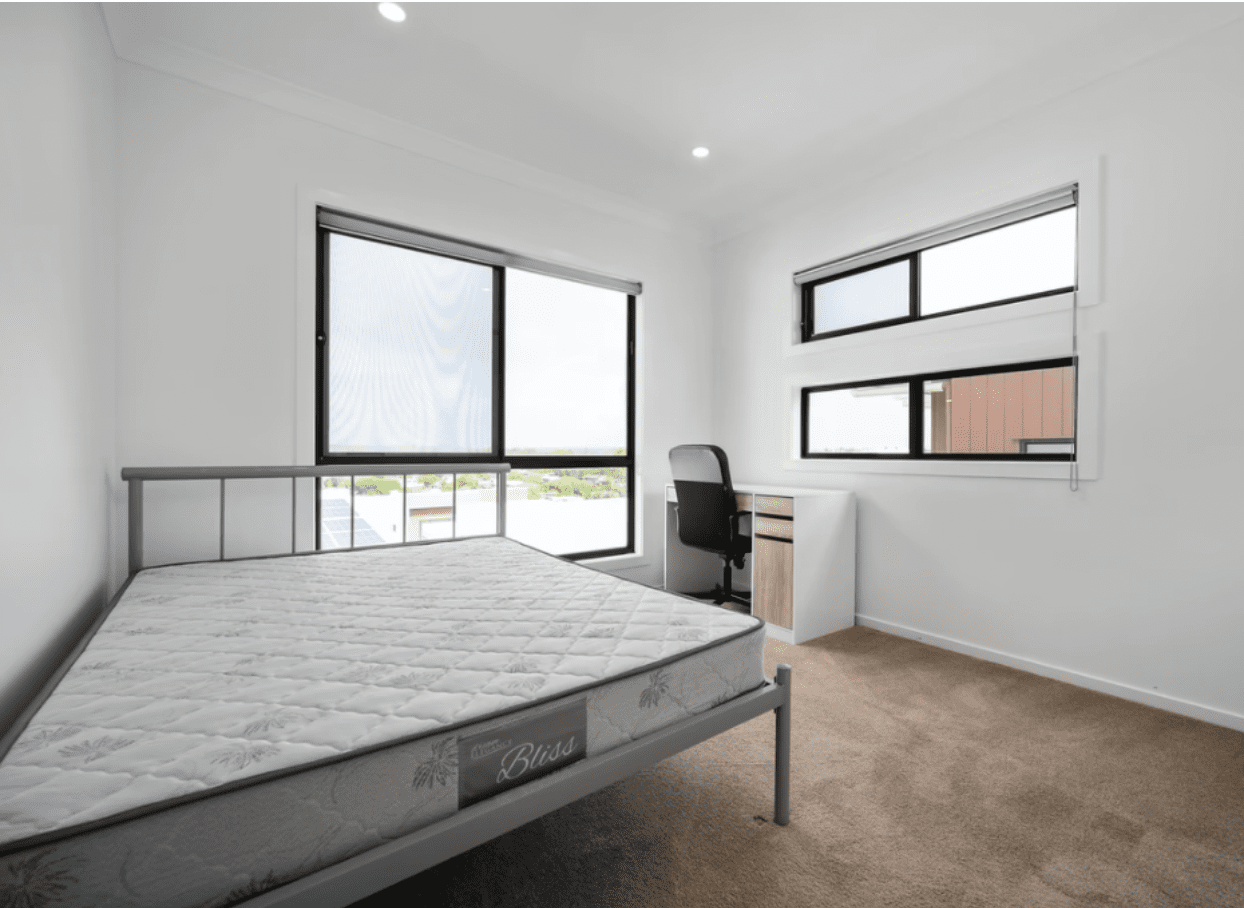Sleeping is important to every living being. It is a necessary break for your body after a long tiring day. But what happens when your sleep is disrupted by back pain or discomfort? Insufficient sleep can cause lethargy, higher stress, weight gain and can cause an increased level of anxiety. Most people these days utilize mattresses the aid a comfortable sleep. If your mattress is the cause of your back pain, it is counterproductive.
Sleeping on an uncomfortable or old mattress can cause pain in the lower back or make pre-existing pain worse. An unsupportive mattress causes poor resting posture, strains the muscles, and does not help keep the spine aligned, which furthers pain in the lower back.
Comfort and rest are sacrificed if the mattress is not adapted to the individual preferences of each person. Generally, most adults spend their time sitting at a desk, working for several hours without moving. Often, no attention is paid to posture throughout the day, and you rely on a good night’s sleep to help your backs rest. A mattress that provides ease and support to the back helps reduce pain in your back, allowing the structure of the spine to really rest and recover during the night.
With the different kinds of mattresses available to users, picking the right one can be difficult. Below are practical guidelines that have been collated to aid you find the most suitable mattress from the best mattress brands for back pain and comfort at rest.
Some tips to keep in mind when getting a mattress –

Remember, which mattress you pick is based largely on your personal choices. No one fashion or type of mattress is right for every user. Any mattress that provides the user with optimal comfort and support is the best mattress for that individual. For those with pain in their lower back, choosing the right mattress that helps them attain the level of comfort and support is essential. With the right mattress, they can wish their sleeping woes goodbye.
Understand the physical components of the mattress so you can get the best one for yourself. The internal coils or springs of a mattress provide support. Mattresses come with a variety of differences. They may have varied arrangement of springs, or the padding on top may have diverse levels of thickness. The depths of mattresses are usually between the range of 6 to 19 inches. You choose the number of springs, the type of cover, and the depth of the mattress based on your individual inclinations.
Next, find a mattress with good back support. A good mattress should support the natural curves and alignment of the spine. The right amount of back support also helps the user avoid myalgia in the morning. Although there is not much clinical information about mattresses, it was found in one study that medium-firm mattresses tend to provide greater rest than firm mattresses.
Strike a balance between back support and comfort. Overall comfort while sleeping on the mattress is just as important as having sufficient support for your back. Sleeping on a mattress that is too firm can cause pressure point pain. A mattress with a medium point of firmness can generally be more comfortable since your shoulders and pelves settle more slowly. Individuals who prefer firmer mattresses to have good back support can get one with a thicker top cover for comfort.
You should know to identify when is a good time to get a good mattress. If an old mattress visibly sags in the middle or is no longer comfortable, it may be time to buy a new one. Placing a board under a sagging mattress to keep it from sinking is only a short-term measure for this problem; the mattress still needs to be changed.
Other factors to keep in mind-
Adaptability: The adaptability of the mattress is largely decided by how firm or soft the product in question is. You can find firmer and softer mattresses, the choice is based on your needs, as mentioned above.
Temperature: Being hot or cold while sleeping is an unpleasant experience for everyone. Since each person’s body is different, it can be difficult to find the right kind of bedding for you. Many times sleeping covered or uncovered does not influence how hot or cold you feel, but rather the material of the mattresses is what makes a difference. Different types of mattresses offer different temperature retention depending on the materials with which they have been manufactured, so before you buy a mattress ensure that it suits your temperature-related preferences.
Breathability: Breathability has to do with air circulation. It is useful to remember that closed-core mattresses, such as latex, memory foam, or HR foam are less breathable. In comparison, pocket spring or classic spring mattresses offer more ventilation. Having good air circulation in a mattress helps prevent the accumulation of sweat and bad odors.
Anti-allergy and anti-mite: Also known as hypoallergenic mattresses, they offer solutions to people with allergy problems. These mattresses are generally made from natural materials. You can easily find these readily available in markets.
Independent beds: The question of independent beds is one of the most sought-after specifications by couples who share a mattress and who have trouble sleeping. Having separate beds is beneficial, especially for light sleepers who can feel every movement even when fast asleep. If you or your loved one shift on your own mattress, the other will not be alerted as there are two independent areas on the same mattress.
Dimensions: Remember to measure the dimensions of the mattress against the dimensions of your bed before buying!
